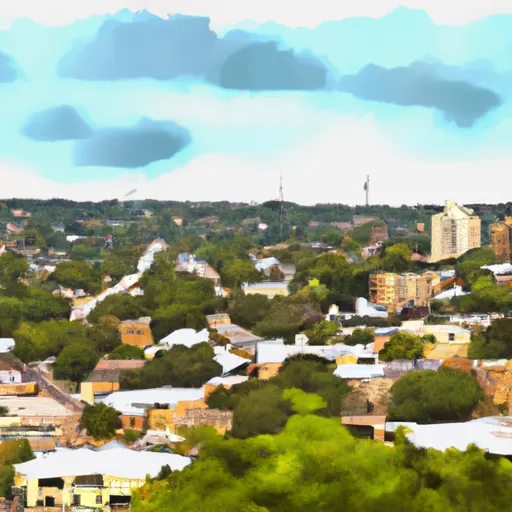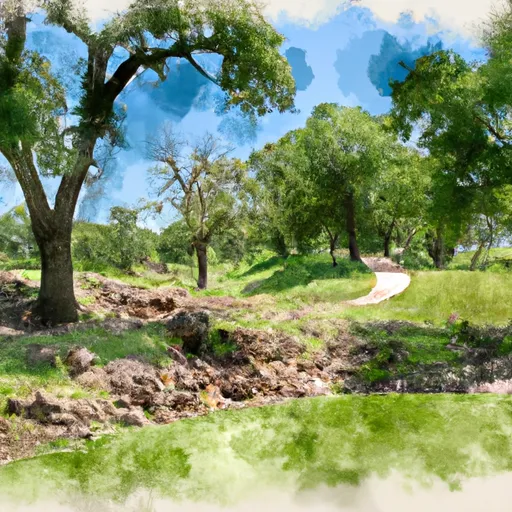°F
°F
mph
Windspeed
%
Humidity











Kerrville, Texas is a charming city located in the heart of the Texas Hill Country. Known for its scenic beauty and pleasant climate, Kerrville attracts visitors and residents alike with its outdoor recreational opportunities.
The city experiences a humid subtropical climate, characterized by hot summers and mild winters. Average high temperatures range from the mid-90s °F (35 °C) in summer to the mid-60s °F (18 °C) in winter. Kerrville receives moderate rainfall throughout the year, with the wettest months being May and June.
Located alongside the Guadalupe River, Kerrville offers various hydrological constituents for both locals and visitors to enjoy. The river provides opportunities for fishing, kayaking, tubing, and swimming. Several parks and hiking trails are also available, such as Kerrville-Schreiner Park and the Kerrville River Trail, allowing outdoor enthusiasts to explore the area's natural beauty.
Additionally, in Kerrville, one can indulge in various outdoor activities such as golfing, camping, hunting, and birdwatching. The city's mild climate and picturesque surroundings make it an ideal destination for those seeking outdoor recreation and a peaceful retreat in the Texas Hill Country.
Weather Forecast
Kerrville receives approximately 787mm of rain per year, with humidity levels near 89% and air temperatures averaging around 19°C. Kerrville has a plant hardyness factor of 8, meaning plants and agriculture in this region tend to thrive here all year round.
Regional Streamflow Levels
1
Cubic Feet Per Second
2
Cubic Feet Per Second
2
Cubic Feet Per Second
12
Cubic Feet Per Second
Nearby Camping
| Camping Area | Reservations | Toilets | Showers |
|---|---|---|---|
| Fort Mason City Park | |||
| Richards City Park | |||
| Kerrville - Schreiner City Park |



